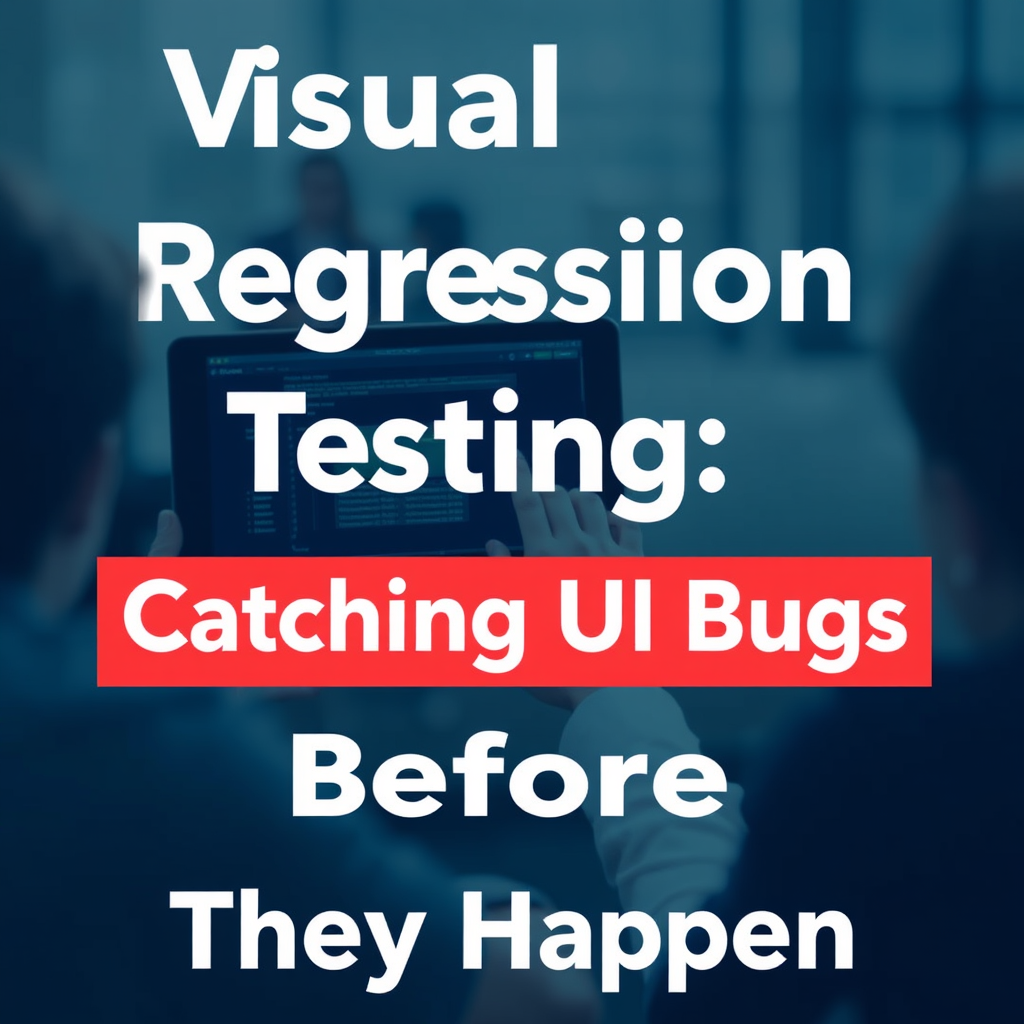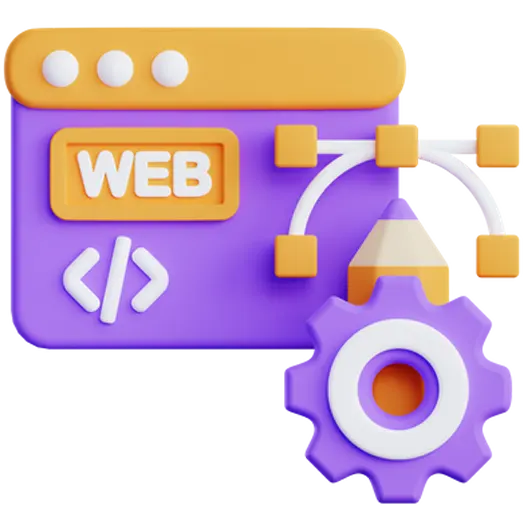
Visual Regression Testing: Catching UI Bugs Before They Happen
In the fast-paced world of web development, ensuring a seamless user experience is paramount. Even small visual discrepancies can negatively impact brand perception and user satisfaction. Visual regression testing provides a powerful solution to proactively identify and address these UI bugs before they reach your users. This article explores the importance of visual regression testing and how it can benefit your web development projects.
Table of Contents
- What is Visual Regression Testing?
- Why is Visual Regression Testing Important?
- How Does Visual Regression Testing Work?
- Benefits of Visual Regression Testing
- Tools and Technologies for Visual Regression Testing
- Best Practices for Visual Regression Testing
- Frequently Asked Questions (FAQ)
- Ready to Improve Your UI Quality?
What is Visual Regression Testing?
Visual regression testing is a type of software testing that aims to detect unintended visual changes in a user interface (UI). It compares screenshots of the UI before and after code changes to identify any discrepancies. These discrepancies might include layout issues, missing elements, incorrect colors, or misaligned text. Essentially, it ensures that your website or application looks as intended after each update.
Why is Visual Regression Testing Important?
Traditional functional testing often focuses on the logic and functionality of an application, but it may not catch subtle visual changes that can still impact the user experience. These visual regressions can arise from seemingly minor code modifications, CSS updates, or even browser-specific rendering differences. Failing to detect these issues can lead to:
- Damaged Brand Image: Inconsistent or broken UI elements can make your website look unprofessional.
- Reduced User Engagement: Visual bugs can disrupt the user flow and frustrate visitors.
- Increased Support Costs: Users reporting visual issues can strain your support resources.
- Lower Conversion Rates: A poorly designed or buggy UI can deter potential customers.
How Does Visual Regression Testing Work?
The process typically involves the following steps:
Step 1: Baseline Creation
A baseline set of screenshots is created for each page or component of the UI. These screenshots represent the “correct” or “golden” state of the UI and serve as the reference point for future comparisons.
Step 2: Making Changes
When code changes are made, a new set of screenshots is generated for the same pages or components.
Step 3: Comparison and Analysis
The new screenshots are compared to the baseline screenshots using image comparison algorithms. Any differences detected are highlighted as visual regressions. These differences are then reviewed by developers to determine if they are intentional (e.g., a planned design change) or unintentional (e.g., a bug). If the changes are intentional, the baseline screenshots are updated to reflect the new design.
Benefits of Visual Regression Testing
Implementing visual regression testing offers several key advantages:
- Early Bug Detection: Identify and fix visual bugs early in the development cycle, reducing the cost and effort required for remediation.
- Improved UI Consistency: Ensure that your UI remains consistent across different browsers, devices, and operating systems.
- Enhanced User Experience: Deliver a polished and professional user experience that fosters user engagement and satisfaction.
- Reduced Manual Testing: Automate the process of visual inspection, freeing up QA resources for more complex testing tasks.
- Faster Development Cycles: Confidently make UI changes without fear of introducing unintended visual regressions.
Tools and Technologies for Visual Regression Testing
Several tools and technologies are available to facilitate visual regression testing, including:
- BackstopJS: A popular open-source tool that automates visual regression testing of responsive web UIs.
- Percy: A visual review platform that integrates with your existing testing workflow.
- Applitools: An AI-powered visual testing platform that provides advanced image comparison capabilities.
- Selenium: A widely used web automation framework that can be used to capture screenshots for visual regression testing.
- Jest: A JavaScript testing framework with snapshot testing capabilities that can be adapted for visual regression testing.
Best Practices for Visual Regression Testing
To maximize the effectiveness of visual regression testing, consider these best practices:
- Integrate with CI/CD: Incorporate visual regression testing into your continuous integration and continuous delivery (CI/CD) pipeline to automate the testing process.
- Use a Consistent Environment: Ensure that the testing environment is consistent across all runs to avoid false positives.
- Manage Baseline Images Carefully: Regularly review and update baseline images to reflect intentional UI changes.
- Focus on Critical UI Elements: Prioritize testing of critical UI elements that have a significant impact on the user experience.
- Collaborate Between Development and Design: Foster collaboration between developers and designers to ensure that visual changes are aligned with design specifications.
Frequently Asked Questions (FAQ)
- Q: How often should I run visual regression tests?
- A: Ideally, you should run visual regression tests as part of your CI/CD pipeline with every code change. This ensures that you catch visual regressions as early as possible.
- Q: What if a visual change is intentional?
- A: If a visual change is intentional, you need to update the baseline screenshots to reflect the new design. Most visual regression testing tools provide a mechanism for approving and updating baselines.
- Q: Are visual regression tests a replacement for manual testing?
- A: No, visual regression tests are not a replacement for manual testing. They are a valuable supplement to manual testing, helping to automate the detection of visual bugs and freeing up QA resources for more complex testing tasks. Manual testing is still necessary to evaluate the overall user experience and identify issues that visual regression tests may not catch.
- Q: Can visual regression testing be used for mobile applications?
- A: Yes, visual regression testing can be used for mobile applications. The process is similar to web applications, where screenshots are captured and compared to identify visual differences.
At Doterb, we understand the importance of a visually appealing and functional user interface. “Efficient systems are born from collaboration between strategy and technology,” and we apply this philosophy to all our web development projects. We incorporate visual regression testing as part of our quality assurance process to ensure that your website or application meets the highest standards of quality.
Ready to Improve Your UI Quality?
If your business needs a website that’s both visually stunning and functionally robust, or if you’re looking to improve the quality and reliability of your existing web applications, contact the Doterb team today. We can help you implement visual regression testing and other quality assurance practices to ensure a seamless and engaging user experience.
